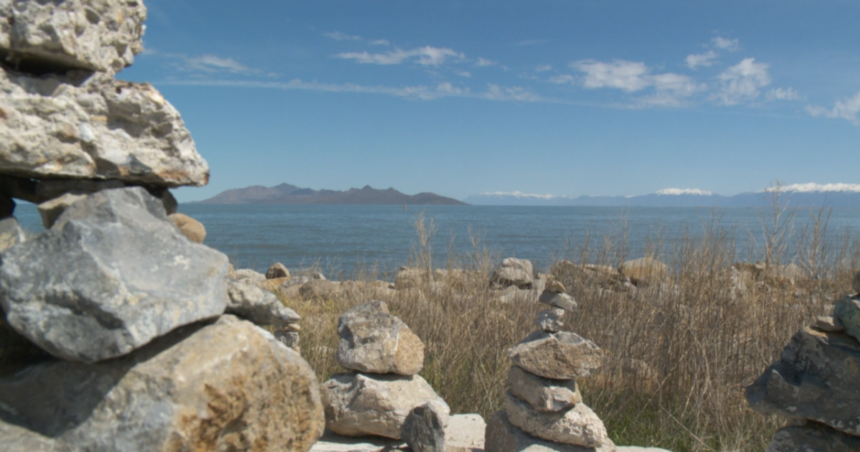SALT LAKE CITY — Seth Horowitz went for a swim in the Great Salt Lake, going out to the buoys and back again.
“Beautiful!” he told FOX 13 News on Monday. “It’s a little bit of rolling waves, wind from the north, but it’s nice to see the water levels this high. It hasn’t been this high in years.”
The Great Salt Lake is getting closer to reaching a “healthy range” ecologically, benefiting from another strong winter.
On Monday, the U.S. Geological Survey’s measuring station at Saltair put the lake’s elevation at 4,194.7 feet. At its record low? The lake was at 4,188.5 feet in November 2022.
“The lake is now up over six feet from its all time record low. But we’re still not in that healthy range, there’s so much more we need to do,” Joel Ferry, the executive director of the Utah Department of Natural Resources, told FOX 13 News.
The Great Salt Lake may be within several feet below what some experts believe is the bottom of a “healthy range” (but it is unclear if it will hit that as it depends on the speed of snow melt, diversion and other factors). Local water districts are doing additional releases of water from reservoirs to avoid flooding and that only benefits the Great Salt Lake.
“Yes, I think we’re going to get really close,” Ferry said. “If we don’t hit that we’re going to be right on the edge of it. But what a great recovery.”
To call attention to the plight of the lake, the state is launching a contest for people to guess how much the lake will rise this year and when. People can visit bit.ly/gslelevation to make their guess.
“Predict the rise and claim a prize!” Ferry said, adding: “It’s just something to engage with the people to help people become aware of what is the lake doing, where is it going.”
A shrinking Great Salt Lake presents an ecological catastrophe for Utah with toxic dust storms, reduced snowpack and harms to public health and wildlife. It got this way over years of water diversions, drought and impacts from climate. Faced with immense public pressure to save the lake, Utah lawmakers have spent more than $1 billion and implemented new water conservation measures.
Many of those measures — including newer technologies to help agriculture producers grow crops with less water and securing water rights for the Great Salt Lake itself — are just being implemented.
“All of those are long term and so when we get these wet years, these wet years are really additive to trying to recover the lake. These efforts are really what’s going to help us in the dry years,” Ferry said.
The Great Salt Lake will continue to rise with snow melt for a couple more months. The lake is expected to decline a couple of feet during the hot summer months.
Ferry said water conservation remains a critical part of the Great Salt Lake’s recovery.
“Every drop counts and the more we do to conserve today means water in the lake,” he said.
This article is published through the Great Salt Lake Collaborative, a solutions journalism initiative that partners news, education and media organizations to help inform people about the plight of the Great Salt Lake—and what can be done to make a difference before it is too late. Read all of our stories at greatsaltlakenews.org.











